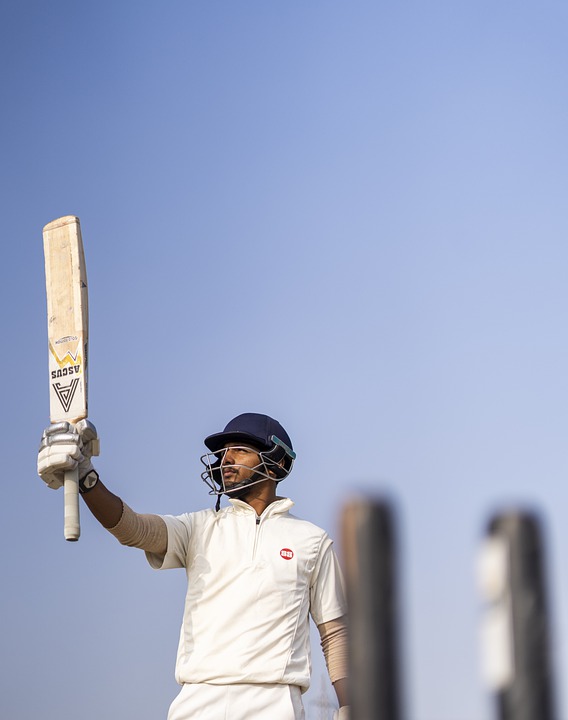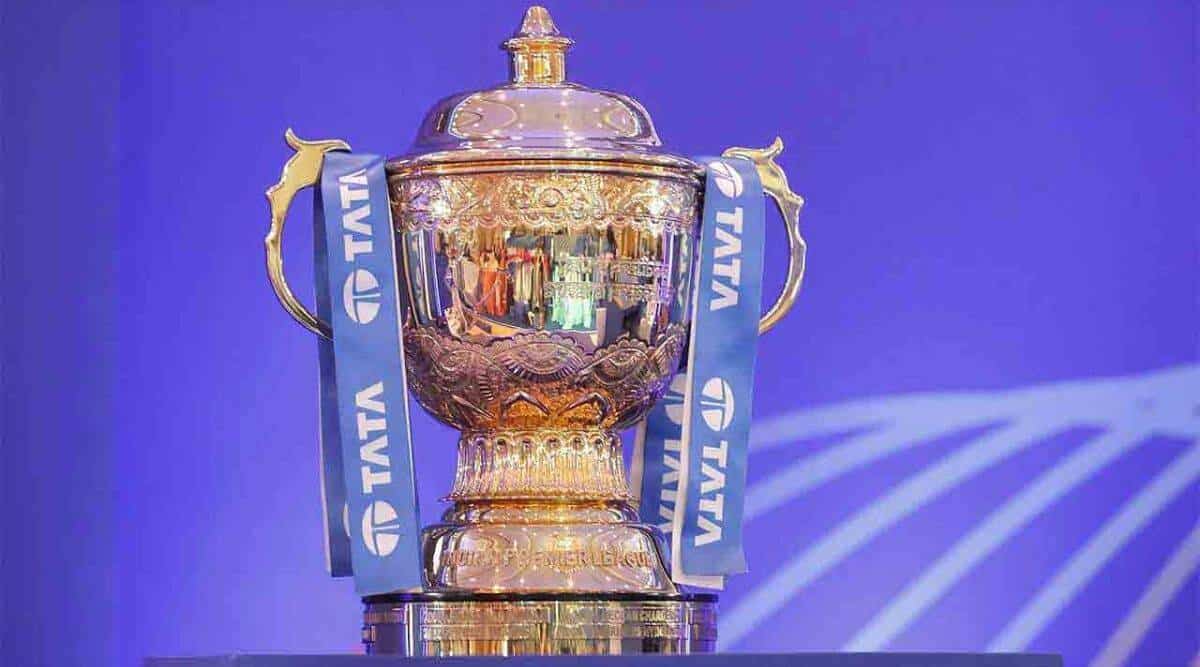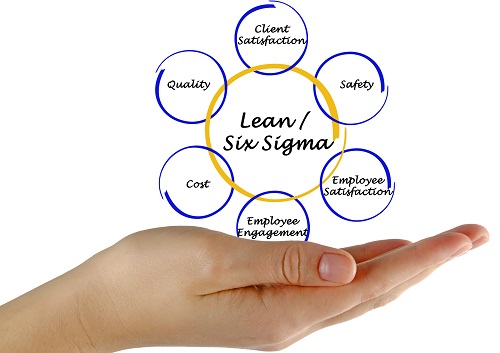When discussing a tournament like the Indian Premier League of cricket, one is always at risk of lapsing into a self-aggrandizing narrative. But whoever examines this phenomenon, even from the outside, cannot help but be amazed at how this organization was founded and evolved in such a professional way and in such a short time – a sports management process that has become a case history at a global level and goes far beyond the “simple” aspect of the sport played – which in this case was cricket anyway, the most popular sport in India.
A tournament of true champions
In contrast to traditional tournaments, which have several federations with elimination leagues and passages in successive categories, the Indian Premier League is a restricted tournament of a few professional teams where one enters with different mechanisms from winning a minor league.
It is the ultimate expression of what is known as “Sportentainment” – that is, an event where the technical sports aspect and the entertainment aspect linked to image rights and sponsorship take on an equally high level.
A select group of teams participate in the competition, played according to the rules of Twenty20 (a restricted form of traditional cricket), and four of these qualify directly for the Champions League. Being a highly professional league, a considerable amount of money revolves around it, allowing teams to hire the best talent. And this makes the League of an exceptional technical and spectacular level, with a lot of spectators watching all time. Sports and betting platforms like 10CRIC discuss the chances of the most popular teams. Fans and other interested persons can find out about the most dangerous teams in IPL 2022, who are ready to compete for the title.
The history of the Indian Premier League
The tournament was the brainchild of the Board of Control for Cricket in India (BCCI) and got underway in 2007 when maneuvering began to organize what would change the world of cricket forever, with a group of investors meeting to outline the plans for what was to become the world’s most influential cricket tournament. With the support of a sponsor like Sony, the initiative got off on the right foot, even though it involved not only organizing a top-level league but also a series of professional teams that would have to become real franchises, starting from scratch.
And yet, so it was. At the dawn of the fifteenth season, the teams participating in the competition have nothing to learn from the franchises that have developed over decades in the American and European professional leagues – or other similar attempts failed in the bud – like the controversial Super League football project in Europe.
The Indian team owners, who invested from the beginning and came from every business and entertainment field, had no experience in sports management. Yet, in a few years, they have managed to create superbly oiled and efficient machines that employ valuable professionals at all levels of their organization.

A quantum leap, and not only at the technical-sports level
One of the main effects of this well-orchestrated rollout is that it has allowed star players to become international stars of the sport, providing the resources to raise the technical level of the game even higher. The talents of players such as Shreyas Iyer, Harshal Patel, and Ishan Kishan, among many, have been put on full display by this very exclusive stage, spurring interest in the game, their participation in other leagues, once signed to teams playing in different competitions, perhaps in other countries.
But the effect of the IPL has been essential beyond the cricket field. It has also been crucial, and perhaps most importantly, in elevating the importance and professionalism of the specialists surrounding the world of the played sports. And we are talking about the world of athletic trainers, physical therapists, marketing and communications professionals who serve to give teams, in any specialty, that boost that transforms an amateur-run group of athletes into a dedicated team that works professionally.
And the wave of this transformation has also touched most of the other sports, which, for the last fifteen years, have been organizing themselves to follow the virtuous example of the IPL.
Talk or criticize, what matters is to be on everyone’s lips
Communication professionals know full well the importance of being in the mindshare of your audience. For better or for worse. Mainly because controversy is inevitable when you’re this high up as the League is. Not a season goes by without someone wondering if the glittering rise of the IPL has reached its peak and is about to begin its decline. Whether sponsors, who have invested so much in the League, aren’t starting to lose interest. Or if the rights industry can no longer generate the profits that have sustained it in recent years, threatened by competition from live streaming via the internet.
In fact, all of this is a testament to the attention the formula continues to garner, as well as the interest from the public, which has been confirmed by the stories from the newspapers. The IPL has never had as many spectators as in the last two years when the teams have put on a show of excellent technical quality in highly followed matches.
And this is also reflected in the latest moves of the IPL. There will be ten participating teams this year, with new entrants having paid astronomical amounts of money in bidding to participate in the League. More and more companies are proposing to insert themselves within this ecosystem with licensing and co-marketing operations – operating in fields such as e-commerce, digital payments, NFT, and gaming applications that represent the most interesting and forward-thinking part of the business of the Twenties.
The bottom line
It seems like yesterday, yet it’s hard to think where IPL has come in such a short period. The first match, played in 2008 at Bengaluru’s Chinnaswamy Stadium between Royal Challengers Bangalore and Kolkata Knight Riders, was a gamble. And just 30 minutes after the gates opened, the stadium was overflowing with over 50,000 spectators. That was the moment when the IPL machine turned the ignition key for the first time, and its engine kicked into gear for a rocket start on a run that still hasn’t stopped and does not seem to lose momentum.

